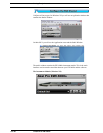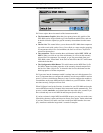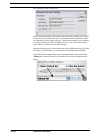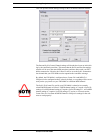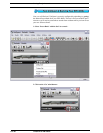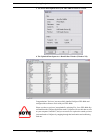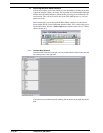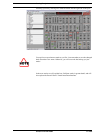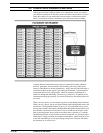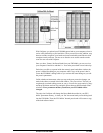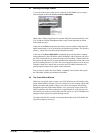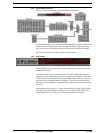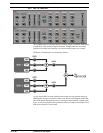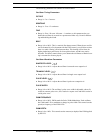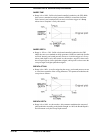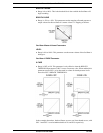
A Quick Tour of UniQuest For EWI 4000s
12 of 44 UniQuest for EWI 4000s
2.0 A Quick Tour of UniQuest For EWI 4000s
Getting the most from UniQuest requires a few adjustments in how you relate to
your hardware instrument. In the past you have no doubt worked entirely "in-place"
within the confines of your instrument's internal memory, which means perma-
nently overwriting an existing sound before being allowed to listen to another.
In typical hardware instruments, the presets are organized into banks which are
stored in ‘permanent’ memory which is either battery powered (in older instru-
ments) or Flash RAM (in modern instruments). Simply put, this kind of memory is
rewritable but does not get erased if you unplug the instrument. Typical hardware
instruments also have an ‘editing buffer’ where the currently selected preset is
loaded for editing and auditioning. This memory is temporary - It depends on the
instrument remaining powered up. If you turn off the power, the editing buffer will
be erased.
When you load a preset, you are actually copying it to the editing buffer. Similarly,
When you save a preset, you are saving the contents of the editing buffer back to the
preset bank - The destination location is up to you. This mechanism allows you to
move presets around in the bank by shuffling them through the editing buffer, but it
has a number of drawbacks. Firstly, there is only a limited amount of space in the
bank so moving presets always means overwriting others. Secondly, it’s a tedious
and difficult procedure to move blocks of presets around this way, and most impor-
tantly, there is a large possibility for confusion and mistakes, which could cause you
to lose the sound data you are trying to manage and protect! UniQuest eliminates
this situation, as we will now see.



